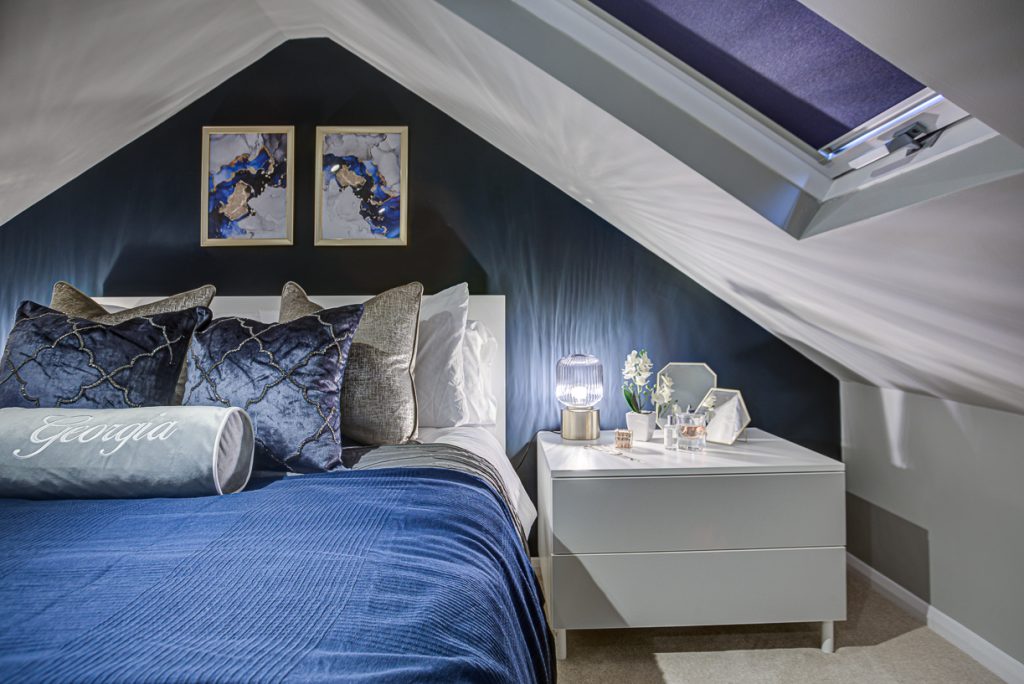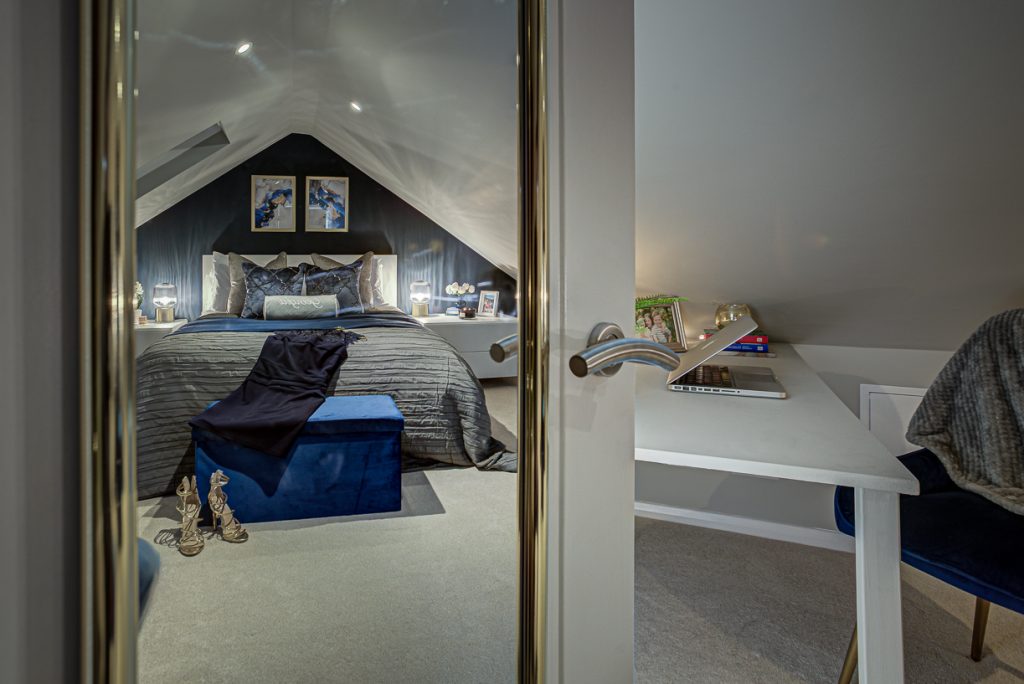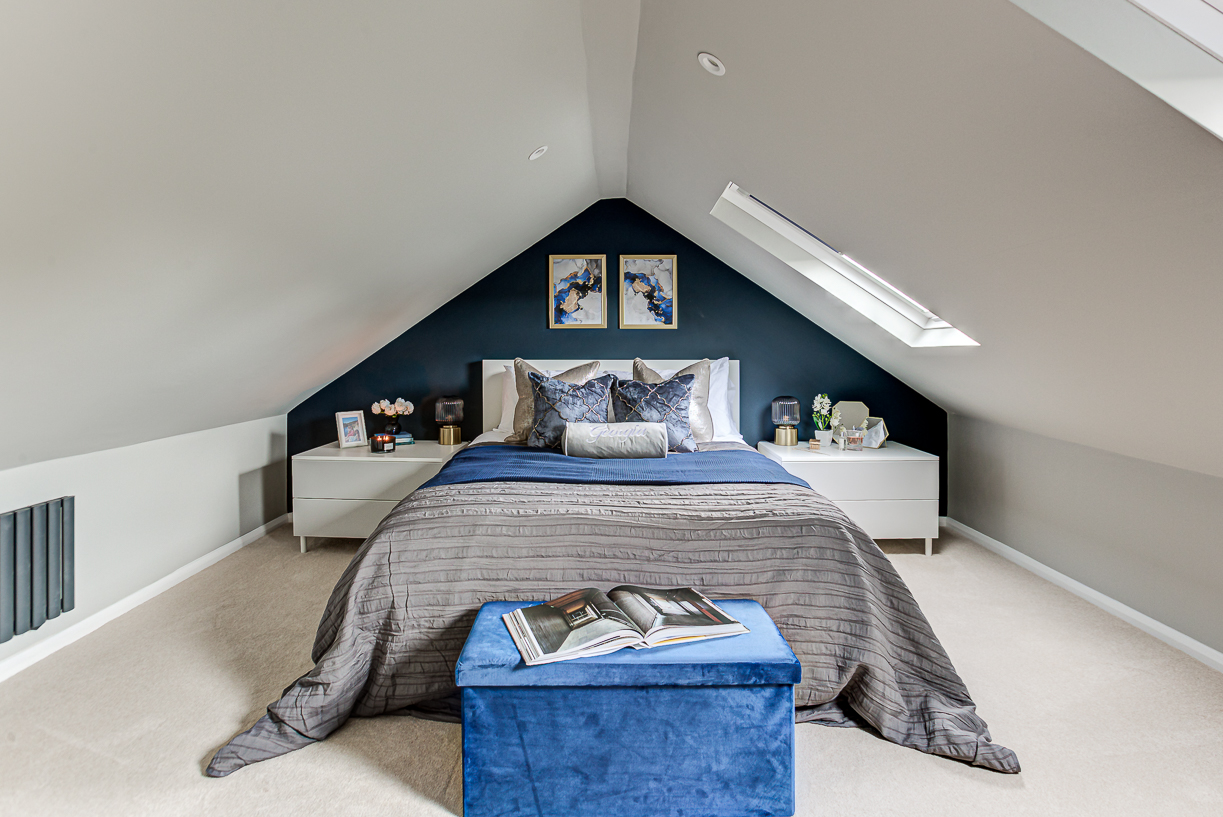When it comes to interior design, small spaces often pose the biggest challenge—but they also offer the greatest opportunity for creativity. Whether you’re living in a compact city apartment, a cosy cottage, or you just have one room that feels a little “tight”, thoughtful design can completely transform how your space looks and feels.
At its core, great design isn’t about square footage—it’s about making every inch work harder, smarter, and more beautifully. Here are some inspiring ideas and practical approaches to help you make the most of your small space, without ever feeling cramped or cluttered.

1. Start with a Clear Vision and a Plan
Before diving into paint swatches and Pinterest boards, take a step back and ask: How do you want to use the space? Is it a multifunctional living area, a compact bedroom, or a workspace that doubles as a guest room? Defining your needs and priorities up front allows you to create a purposeful design that truly fits your lifestyle.
A clear plan helps prevent overcrowding the room with furniture or accessories you don’t actually need. Instead, you’ll focus on pieces that serve multiple functions and support your day-to-day routines.
2. Maximise Light and Use Colour Cleverly
Natural light is your best friend in a small space. Keep window treatments simple—think sheer curtains or blinds that can be fully pulled back—to let in as much daylight as possible. Mirrors are another clever trick: strategically placing a large mirror opposite a window instantly bounces light around and creates the illusion of a bigger, brighter room.
When it comes to colour, lighter shades make a room feel open and airy, but don’t be afraid of deeper hues—used thoughtfully, they can add depth and sophistication. For example, painting walls, skirting boards, and even the ceiling in the same soft tone can blur boundaries and visually expand the space.
3. Furniture: Less Is More—But Make It Count
Invest in a few well-chosen, flexible pieces. Think of a sleek sofa bed for guests, a dining table that folds away, or ottomans with hidden storage. Avoid overfilling the space; negative space is as important as the pieces themselves.
Opt for furniture with exposed legs rather than heavy, boxy bases—this creates a sense of openness. Floating shelves, wall-mounted desks, and tall bookcases draw the eye upwards and free up valuable floor space.
4. Smart Storage Solutions
Clutter is the enemy of small spaces. The key is to build storage into your design, so everything has a place. Custom joinery, built-in wardrobes, or even simple under-bed storage boxes can make a world of difference.
Consider “vertical” storage: make use of wall space with open shelving, tall cabinets, or hooks for coats and bags. Multi-functional pieces—like a bench with shoe storage or a coffee table with drawers—are invaluable in compact living.
5. Play with Scale and Proportion
You don’t have to fill a small room with only tiny furniture. In fact, one or two larger, statement pieces can make the room feel grander and more intentional, rather than “miniature.” A generous rug can anchor the space, while an oversized piece of art or a bold pendant light draws the eye upward and creates a focal point.
Just remember: balance is key. Too many big pieces, and you lose the sense of space. Too many small ones, and the room can feel cluttered.
6. Create Flexible Zones
If your living area needs to serve multiple purposes, use clever zoning. Rugs, lighting, or even open shelving can visually divide a space without blocking light or flow. A compact sofa with a side table can signal a lounge area, while a slim desk and chair by the window creates a bright workspace.
In open-plan spaces, this helps maintain order and allows each zone to feel purposeful—even in just a few square metres.
7. Add Personality Without Overcrowding
Just because space is tight doesn’t mean you have to sacrifice style. Focus on a few standout pieces—a striking cushion, a favourite artwork, or a beautiful lamp. Opt for quality over quantity and rotate your accessories seasonally for a fresh look without adding clutter.
Plants can also breathe life into a small room; choose a couple of low-maintenance varieties and place them at different heights to create depth.
8. Let Technology Simplify Your Design
If you’re unsure how to bring all these ideas together, E-Design services are a game-changer. From the comfort of your home, you can access expert advice, layout plans, and curated shopping lists tailored to your exact space—ensuring every corner works hard and looks beautiful.
9. When to Bring in the Experts
Designing a small space can be overwhelming—especially if you want it to look and feel as good as it functions. Sometimes, an expert eye is all you need to unlock your home’s full potential. Whether you need a comprehensive design package, a one-off consultation, or just some tailored advice, our team is here to help you transform your space—whatever its size.

Ready to Make the Most of Your Small Space?
If you’d like to see how professional design can completely change the way you live in your home, we’re here to help. Book a free consultation for personalised advice, enquire now to discuss your project, or discover our full range of services to find the perfect fit for your needs. Let’s make your small space truly extraordinary.

